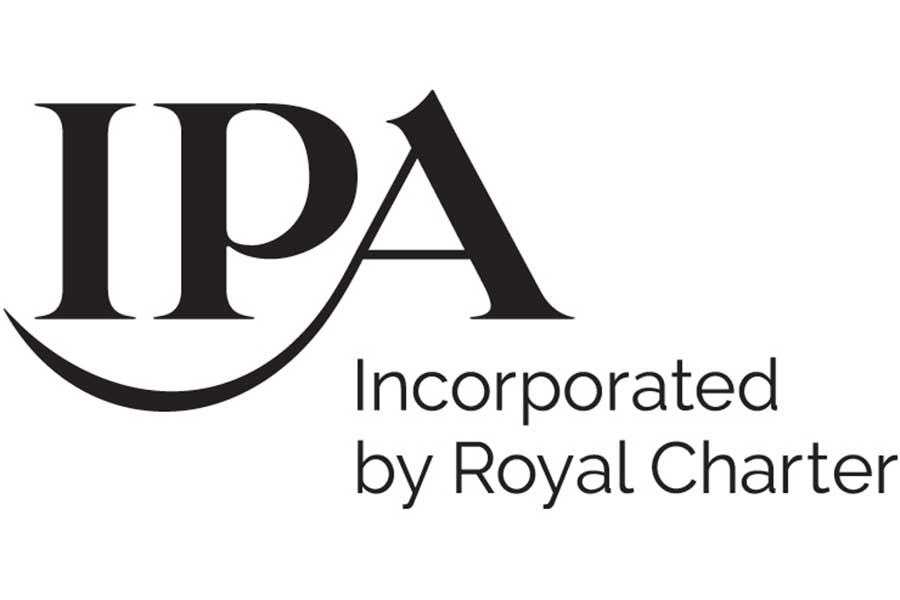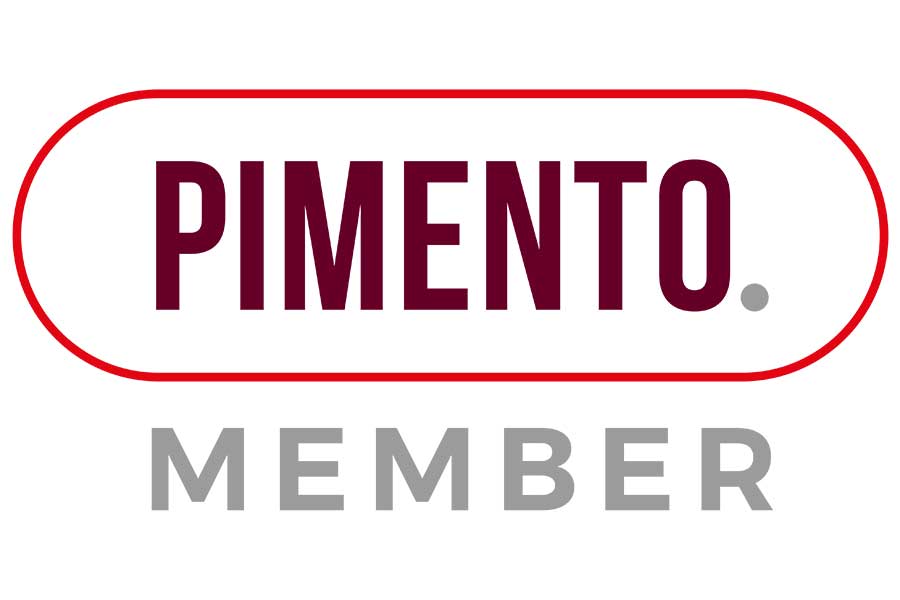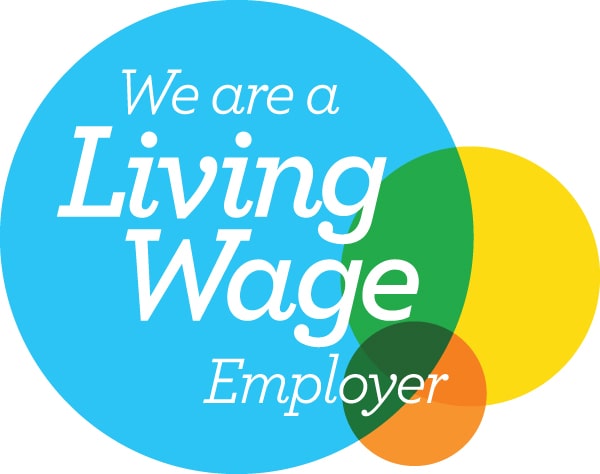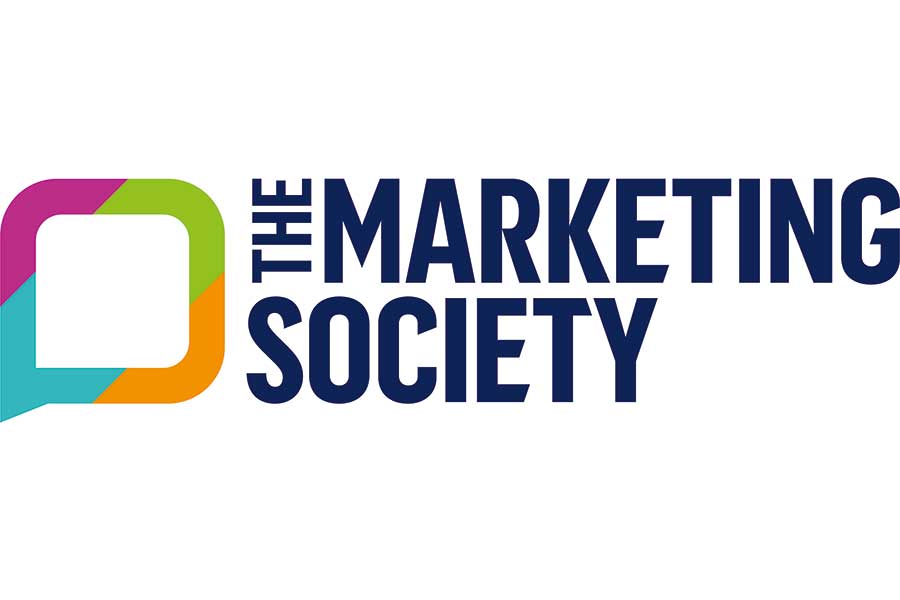How businesses can be given the confidence to advertise in 2021
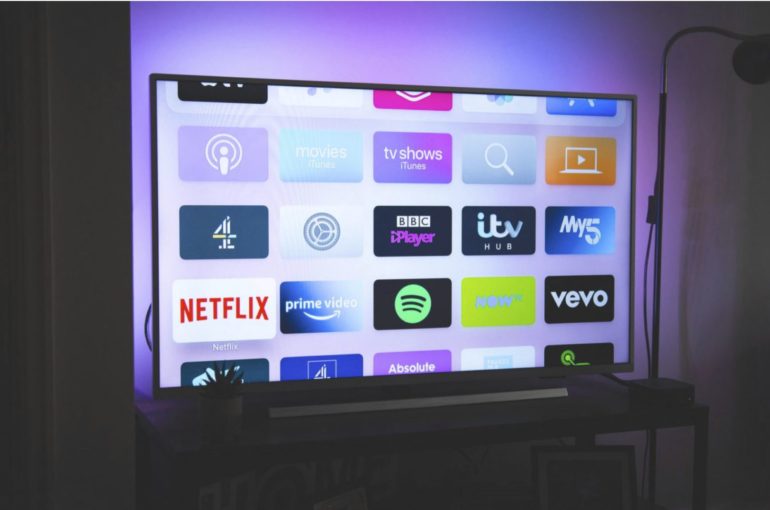
For many medium-sized, regional businesses, the focus in 2020 was all about survival. Marketing spend was cut or completely halted and growth plans were put on hold. And right now it may seem to many business leaders that this should be the ongoing strategy. However, as we move out of lockdown, it’s important to remember that businesses that continue to invest in advertising during a crisis are the ones that typically emerge stronger and are better able to compete.
But with revenues down in many sectors and with very real pressures on finances, how can businesses be given the confidence to spend on advertising? Recent developments in digital advertising – notably what is known as ‘addressable media’ – might just provide some of the answers.
Put simply, addressable media connects advertisers with individual consumers. This has long been considered the sweet spot in marketing as it means you are talking only to your identified prospects. The concept of addressable media has been around for a while, pioneered in social media by the likes of Facebook, who have been able to combine consumer data (known as 1st party) with mobile technology, which enables you to target people at an individual level.
Recent advances in addressable media enable advertisers to target individuals at a national, regional or local level, known as ‘hyper-local’ targeting. This has been made possible by the use of different types of data – such as demographic and other personal information – and addressable techniques being expanded into traditional areas of media as they become more digital.
Today, addressable capabilities are available across many different media channels, including: TV, video-on-demand, mobile, out-of-home (eg digital billboards) and radio. This is really good news for SMEs and regional businesses. Until quite recently, many SMEs have focused on short-term, tactical campaigns using local or trade media that they know and can afford. All too often this has meant that there is no clarity on the KPIs for the media being bought or how the types of media work together to deliver results. And, in some cases, the media simply doesn’t engage the right people in the right way.
Facebook and Google have been able to overcome some of these issues and more SMEs are now enjoying the benefits that online addressable media can deliver, notably specific targeting, low wastage (not advertising to the wrong people) and highly measurable campaigns. With addressable technology now being adopted by traditional media, it means that smaller advertisers can afford to use mass reach media – such as TV, radio and out-of-home – for the first time, and in a very targeted way.
Through addressable TV, SMEs can now invest in super-targeted, niche campaigns on prestigious channels. So, for example, you can target dog owners or households with two or more cars, in a particular area and with highly personalised messaging delivered directly to their living rooms. And if you want to, you can amplify this with geo-targeted video on Facebook, as the platform now knows the TV – and other screen – habits of most consumers.
Sky TV was the first channel to offer addressable advertising through its Adsmart product. Yes, the channel still offers big-spending advertisers access to nearly 9.5 million homes in the UK, but through Adsmart, SMEs can target who they want to for as little £3000. Other major broadcasters have now come to market with their offers to smaller advertisers, such as ITV with its Planet V.
Radio has been digital for some time now, but with the launch of the Digital Audio Exchange (DAX) – which connects advertisers with all forms of digital audio – addressable radio has really taken off. Out-of-home advertising isn’t as far down the road as its broadcast counterparts, but things are moving fast and smaller budget advertisers will see this market open up to them in a more targeted and cost-effective way.
Crucially, as we move out of lockdown and into a ‘new normal’, businesses will need to quickly win back business and attract new customers. Addressable media enables smaller advertisers to navigate the changing movements of people as they spend more time out of the homes. And it enables them to spend money on advertising in the confidence that is connecting them with the right people in the most cost-effective and measurable way.
And, the results that investments in addressable can deliver are genuinely impressive. In 2019, The Grove Media worked with specialist media partner S4M to promote Regent Street’s Christmas Light switch-on and to drive shopper footfall for client Crown Estate. Using a variety of addressable formats on mobile to target affluent consumers, we were able to increase store visits by 29% and deliver a staggering 80% conversion rate. And results shared by Sky’s Adsmart tell a similar story. Heating installation company Gasway saw a year-on-year increase in revenue of 35% when it advertised in its East Anglia area. Sky reports that new-to-TV advertisers typically enjoy a 20% boost in purchase metrics when they use Adsmart.
Results like these and the prospect of hyper-local targeting and reduced advertised wastage are frankly just what smaller advertisers need right now as they start to think about their future growth strategies. The coming months are not going to be easy for any business, but now is the time to think about the future you want to have for your company and the tools you need to get there. Addressable advertising could well be one of those tools.
David Price, Managing Director, The Grove Media
This article was published by Business Up North on the 5th February 2021, article link below
https://www.businessupnorth.co.uk/how-businesses-can-be-given-the-confidence-to-advertise-in-2021/
Picture reproduced from the original used by Business Up North



